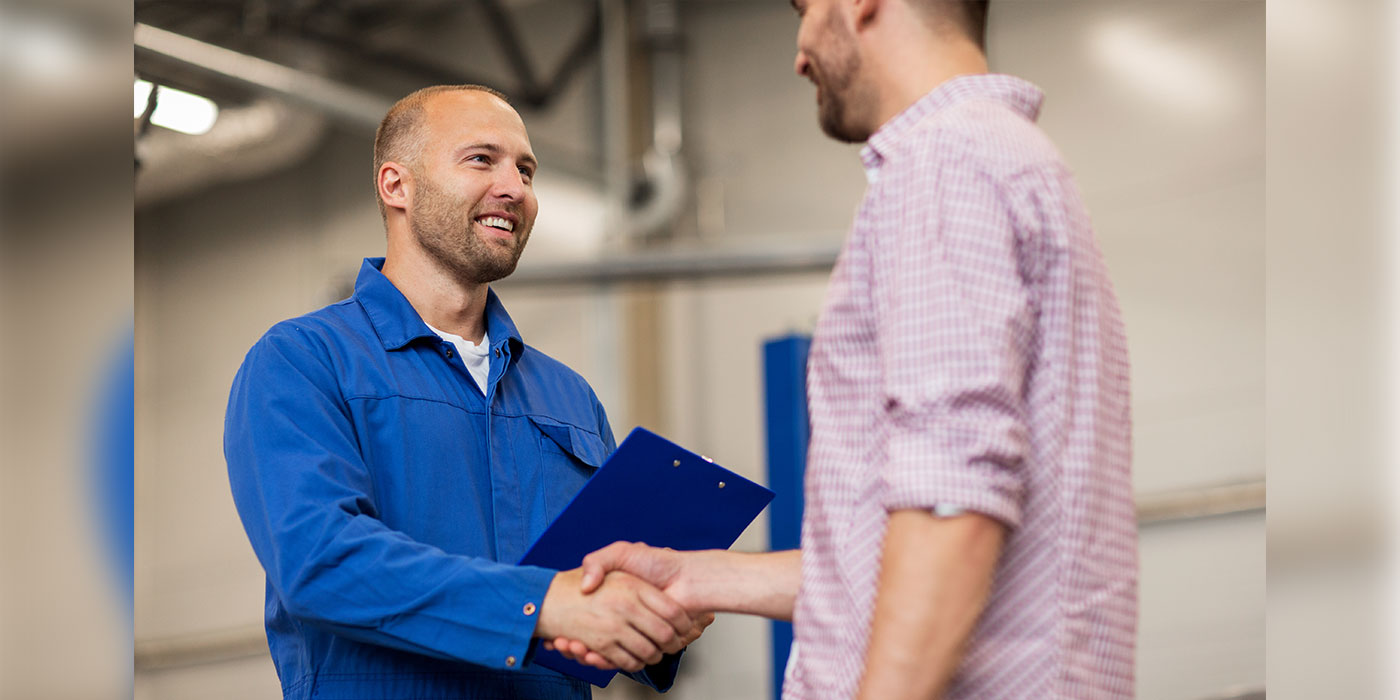By Tim Yalich, head of auto strategy for Wolters Kluwer
With the continued increase of e-commerce — in 2021 the number of digital consumers stood at 2.14 billion — this means approximately 27.6% of the 7.74 billion people in the world1 made an online purchase.
In 2020 when the pandemic took hold, nearly 30% of U.S. new car sales were completed online, and this compared to less than 2% of vehicles purchased digitally before the pandemic2.
It is not difficult to understand why the online shopping process for vehicles still lags far behind traditional e-commerce. Afterall, it is a much more complicated process than just buying a pencil and actually is the second-largest consumer purchase after a home. Even so, these adoption numbers in the auto world show significant growth, and more importantly, consumers have shown great demand in doing more shopping for vehicles online.
One of the reasons why the auto industry has not had even greater adoption is because the process is complicated, and there are many moving parts. It takes more than just a website to successfully purchase a vehicle online. There is an entire system working behind the scenes that also must be digitized, and it involves several parties including the dealer, consumer and lender.
Central to this behind-the-scenes system is what is known as the eVault. For auto lenders, one of the major concerns inhibiting the adoption of digital finance technology is the legality and enforceability of electronically signed documents as secure assets. These electronically signed documents need to be stored and managed in a way that ensures they retain the same legal enforceability as paper — and this is where the eVault comes into play.
This is particularly important in the automotive and lending industries since a recent survey revealed that 21% of industry professionals said they did not think they were in compliance with new/additional regulatory requirements for documentation and another 22% said they were unsure3.
How Does an eVault Work?
Within the context of digital lending, eVault technology works by permanently binding electronic signatures to a document and creating a tamper-proof audit trail that demonstrates ownership and compliance. The process of eVaulting a document within a secure, trusted environment fulfils the legal and regulatory requirements for uniqueness and negotiability of the document as a digital financial asset. These compliant Digital Original assets are often referred to as an Authoritative Copy or Transferable Record. As interaction with the document occurs throughout its lifecycle, the eVault also enables the owner or secured party to control the access rights to the asset and track all activity regarding the asset: from signing, maintenance, sale, pledging, collateralization and securitization through to its ultimate disposition or destruction.
Step 1: Transaction parties sign electronically, either in-person using an electronic signature pad or other signing device, or by logging into a secure online portal and applying their electronic signatures to one or more documents.
Step 2: Once all the signatures are applied, the executed document is instantly deposited into the eVault — establishing the authoritative original document — where it is held and managed via controlled access by authorized parties throughout its lifecycle.
Step 3: All activities and functions affecting the original documents are controlled and logged by the eVault. This includes any print, copy or view requests; generating legally admissible copies for use in a court of law; transferring the authoritative copies to another vault; and exporting them to paper permanently.
Why Not Store Documents in Any Digital Drive?
Today’s financial institutions (including some dealers) realize there are complex regulations that must be adhered to for loans, punctuated by the Gramm-Leach-Bliley Act. Sure, digital solutions are more efficient, but compliant electronically signed documents require a higher standard of security and accessibility than provided by a simple G-drive, for example. These documents must remain protected and accessible to authorized parties throughout the lifecycle of any transaction.
Auto dealers and lender partners must ensure that controls are in place every step of the way to track an original document and prove its unaltered authenticity and uniqueness. They must also demonstrate they can securely manage access rights and have the ability to perform ongoing audits. Lastly, they must demonstrate that original documents are transferrable, and legally admissible copies can be forwarded to multiple downstream participants through the various stages of a transaction.
Prior to the pandemic, it was commonplace for automotive transactions to be paper based with documents housed in a physical repository. However, as lenders move to digitize their consumer-facing processes, an eVault solution is a vital component to providing fully compliant and contactless digital loan solutions. With the adoption of this technology, auto dealers and financing partners will ensure they are providing the efficient experience consumers want today while also remaining in compliance with new regulations.
Tim Yalich is head of auto strategy for Wolters Kluwer, a global provider of professional information, software solutions and services for the automotive and auto lending industries. For more information, visit www.wolterskluwer.com.














